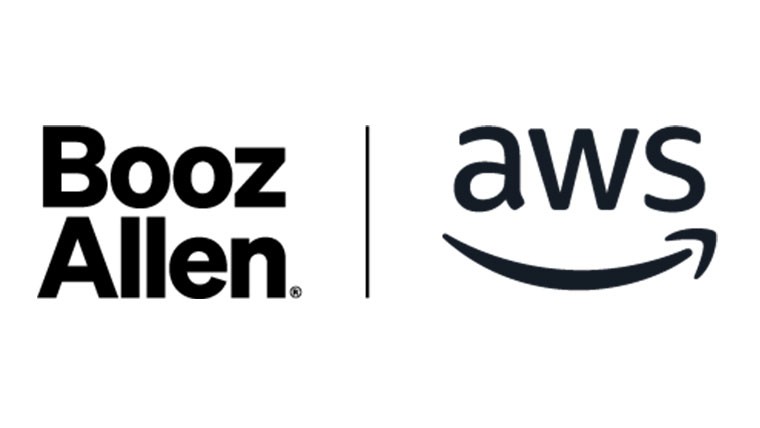
AI-Driven Solutions for Modernizing Legacy Systems
The Challenge: Modernizing Legacy Systems for Scalable, AI-Driven Operations Amid Increased Workloads and Tech Advancements
A U.S. government agency began modernizing its legacy systems in response to growing operational demands and the need for scalable integration of emerging technologies such as artificial intelligence (AI) and machine learning (ML). While seeking to improve efficiency through a custom web application, the agency encountered persistent challenges in usability, system maintenance, scalability, and integration of modern capabilities.
The application’s complex user interface presented barriers to adoption and made onboarding time-intensive—particularly concerning given staff turnover. Frequent software bugs and complex accreditation requirements further burdened maintenance efforts contributing to reoccurring operational delays and frustrating the user base. These disruptions delayed operations and negatively affected user engagement and confidence in the platform.
Most critically, the legacy architecture limited the agency’s ability to scale and integrate AI/ML solutions. Efforts to modernize had to account for legacy system constraints, data compatibility, real-time processing needs, and compliance with security and tradecraft standards. The transition posed risks associated with data migration and potential service disruptions to mission-critical workflows.
The agency required a flexible, secure, and scalable modernization approach—one that would address immediate system limitations and position the platform for continuous improvement and future technology adoption.
The Approach: Cloud-Enabled Microservices and Automated Code Generation in Support of Scalable Modernization
To support the client’s modernization objectives, Booz Allen enhanced the platform’s user experience by implementing simplified and intuitive user interface components, improving usability and streamlining training requirements for incoming personnel.
The client selected a cloud-based infrastructure to replace the prior on-premises environment. This included approved services such as Amazon EC2 (compute), Amazon RDS (databases), and Amazon S3 (storage). Pre-established security controls within the cloud framework helped accelerate accreditation timelines. Containerization and automated orchestration, supported by continuous vulnerability scanning, contributed to improved system stability and reduced operation and maintenance (O&M) costs. Automated vulnerability scanning was integrated into the orchestration layer, enabling early detection and remediation of security issues while maintaining compliance with evolving security baselines.
Once the appropriate cloud provider was approved and coordinated by the client, Booz Allen designed an architecture that aligned with mission requirements and future scalability goals. A microservices-based web application was selected to decouple functions, facilitate modular development, and enable integration with future systems. The architecture included a shared frontend and reusable backend components, allowing development teams to rapidly deploy new services and extend system capabilities. This modular approach empowered additional development teams to spin up independent service instances and reuse the boilerplate code, accelerating innovation and standardizing development cycles across the enterprise.
To support the client’s innovation initiatives around AI and ML integration, Booz Allen customized an open-source commercial off-the-shelf product for use in secure network environments. This adaptation enabled rapid generation of code for create, read, update, and delete operations across both frontend and backend services. The platform architecture also allowed the generation of APIs in minutes- including the transformation of spreadsheets into fully functional services—designed to support downstream AI/ML augmentation.
The Solution: Migrating Legacy Data and Enabling an AI-Ready Operational Framework
Booz Allen delivered a system aligned to client requirements, supporting enterprise-level performance on both thin and thick clients across constrained network environments. This modernized system supported user control in an increasingly automated environment—critical to building user trust and mission continuity.
Under government direction, semi-unstructured legacy data was migrated into the new microservices architecture. The data was preserved, restructured, and made compatible with modern analytics frameworks. This transformation enabled the platform to support scalable integration of AI and ML tools, driving enhanced data discovery, process automation, and analytical workflows.
By modernizing the architecture and supporting AI/ML integration, the solution has improved operational efficiency and contributed to substantial time savings for users- streamlining workflows by up to 90% compared to previous workflows, enabling faster decision making and reducing administrative burden across operational units, all while preserving compliance, mission fidelity, and scalability.

Explore how Booz Allen’s innovative solutions can transform and modernize your legacy systems for scalable, AI-driven operations.



